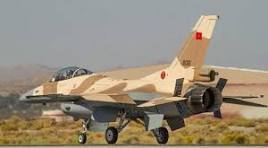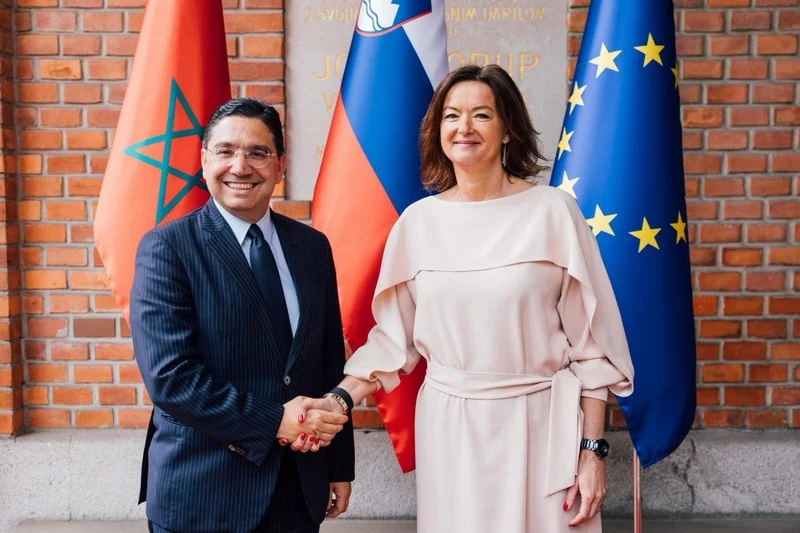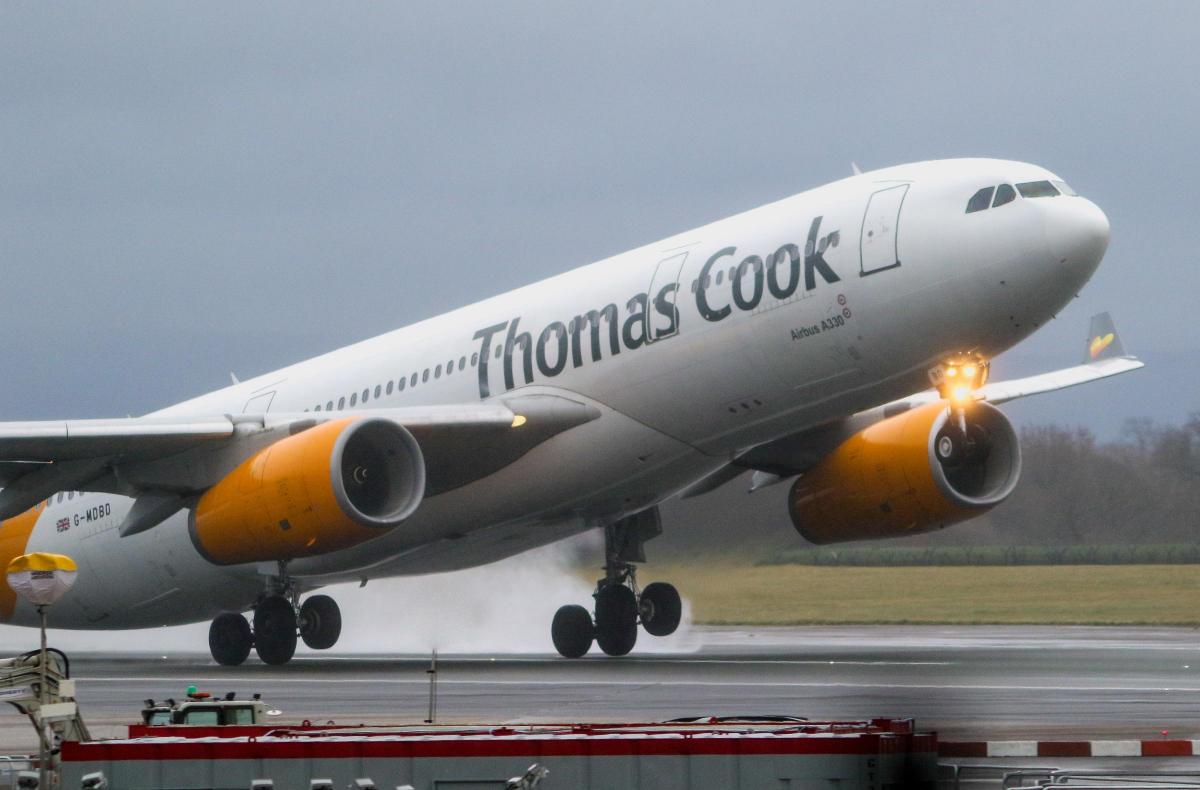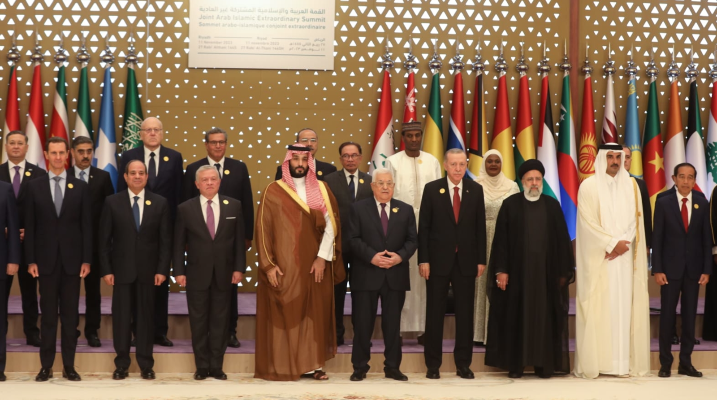Morocco is set to reinforce its battle-hardened air power capabilities through the acquisition of fighter jets and the upgrade of existing ones as well as the purchase of attack helicopters and latest drone technologies.
Located in North Western Africa and bordered by a warmongering Algeria that has been instigating the Polisario militias to breach a ceasefire agreement in the Sahara territory, Morocco has opted for highly potent air weapons to ensure it has the upper hand as far as deterrence is concerned. The arsenal includes F-17 jets, Apache helicopters, and an array of drones manufactured in the US, Israel, Turkey, and China.
F-16
The country has 23 F-16 fighter jets and plans to increase that number to 48 by 2028.
In March 2019, the State Department approved the sale to Morocco of 25 F-16C/D Block 72 jets, built by Lockheed Martin and 29 Pratt & Whitney F100-229 engines and other related equipment from the U.S. government under a potential $3.9 billion deal.
This delivery will further bolster Morocco’s air force supremacy in the region as the North African country plans to revamp its operating fleet of 23 F-16 with state-of-the art electronic systems and weaponry for $983 million.
The Moroccan military ordered 24 F-16s in 2008 and lost one in 2015 while taking part in the Saudi-led air operations in Yemen.
The Kingdom also plans to set up a maintenance plant for its F-16 fighter jets. The plant will be run by Belgium’s Orizo in Benslimane near Casablanca.
Apache
Morocco is also expected to receive a batch of 24 Apache helicopters in 2024 that would fill a gap in the Kingdom’s attack capabilities.
Morocco had ordered 36 Apache helicopters in 2019 for a total cost of $4.2 billion.
The delivery would make Morocco the 17th country globally and the second in Africa to operate such a mighty helicopter equipped with Lockheed Martin AGM-114L/R Hellfire air-to-surface missiles, BAE Systems Advanced Precision Kill Weapon System (APKWS) laser-guided rocket kits and more than 5,000 70 mm rockets, and Raytheon AIM-92H Stinger air-to-air missiles.
The AH-64E Apache boasts an open systems architecture, modern communication, navigation, sensor, and weapon systems. It also features an improved Modernized Target Acquisition Designation System, providing day, night, and all-weather target information, along with night vision navigation capability.
Drones
The use of drones in the defense of Morocco’s Sahara from the Algerian-sponsored guerrilla warfare waged by the Polisario has already shown its efficiency.
Media reports often cite strikes by Moroccan drones that foiled hit-and-run tactics by the Polisario targeting the Morocco-built defense wall in the Sahara.
Morocco has reportedly acquired MQ-9B SeaGuardian drones and Bayraktar TB2 medium-altitude, long-endurance UAVs from Turkish company Baykar underscores this commitment1.
Morocco has also reportedly purchased an unspecified number of China’s Wing Loong II medium-altitude, long-endurance unmanned aerial vehicles (UAVs) as it continues to bolster its air capabilities and drone arsenal.
Morocco has already indirectly purchased Heron UAVs from IAI and other UAVs from IAI unit Bluebird as well as robot patrol vehicle systems from Elbit Systems and drone interceptors from Skylock.
The country is now seeking to produce drones locally. Bluebird CEO confirmed the firm was building a plant in the country that would further tip the air power balance in the region in Morocco’s favor.
The Moroccan army is also receiving 18 M142 High Mobility Artillery Rocket System (HIMARS) launchers; 40 AGM-154C Joint Stand Off Weapons (JSOW); six Multifunctional Information Distribution System Joint Tactical Radio Systems (MIDS-JTRS); ten GM-84L Harpoon Block II Air Launched missiles; 5,810 MK82-1 Bombs; eight AN/MPQ-64F1 SENTINEL Radars; 20 AIM-9X-2 SIDEWINDER Missiles; three CH-47D CHINOOK Helicopters; 40 LAU-129A Launchers with 20 AGM-65D MAVERICK Missiles; and a Gulfstream G- 550 aircraft.



